ZTE have been around for three decades in international markets, and while they’ve done a lot of OEM work in Australia, including white-label phones for Telstra, their brand name isn’t especially well known to the Australian consumer. However, like many other Chinese manufacturers, they’re attempting to turn that around and make inroads into the Australian smartphone market.
ZTE have had a few phones in Australia under their own name already, including the recent (and rather excellent) ZTE Axon 7. ZTE are hoping to find further success in the smartphone market here that they’ve found in other verticals and in other markets, and like many, they’re well placed to do it. Why? It’s simple. These companies — and ZTE are no exception — have enormous manufacturing capability, significant experience in mobile technology, and experience in a number of markets both established and emerging.
The ZTE Blade V7 Plus shows a lot of promise, so let’s read on and see whether it can live up to the name, carry on ZTE’s hopes of increased success in Australia, and more.
Hardware and Design
One thing the Chinese manufacturers are now bringing to the marketplace is high quality, well built and well designed phones. The Blade V7 Plus might be a lower end phone at an extremely affordable price but the build quality definitely belies it’s price.
The phone is metal bodied and feels much like a Huawei phone. If you have not read my thoughts on Huawei phones lately I feel they make possibly the best quality hardware phones around. The phone feels very sturdy and safe in my hand. With the metal body I am not concerned about it getting scratched at all.
The Buttons
The hardware buttons include the power button on the right hand side of the phone and volume buttons on the left. It took a while to get used to this placement as most phones I’ve used recently have the power and volume buttons on the same side. The buttons feel sturdy, as if they would last longer than a cockroach after an nuclear explosion.
ZTE has decided to forgo on-screen buttons on this device, instead opting for capacitive buttons that light up when pressed. The home button is a circle and is visible at all times but there is no visible evidence of the back or recent button when their lights are off. I tried to use lightflow and LED manager to take over this home circle light for notifications but unfortunately was unsuccessful in this bid. It reminded me of the hardware on the Meizu MX3 except Meizu turned their home circle into a multi-function, multicoloured notification light and button — something ZTE should think about next time.
Size
The Blade V7 Plus is essentially the same size as the Google Pixel. It is a few millimetres longer and a couple of millimetres wider with a bigger display. The size is smaller than I used to with a phone with all of my previous phones being either phablets or pushing the phablet boundary but found it very pleasant to hold in the hand. The metallic back was slightly slippery but I’ve used a lot worse. The corners are rounded nicely so it feels comfortable in the hand.
Display
The display is a 1080p 5.2in IPS LCD which is quite good for a low end phone. The colours *can be* vivid and popping if required. The reason for the stars is that it is up to the user. ZTE have included some software called Miravision which “is a set of engines to enhance display picture quality”. Using this you can set the display to the standard mode, vivid mode, or for the more advanced users, user mode, where you can tune each individual setting independently. Variations of this type of software is something that more and more manufacturers are beginning to include in their devices but to see it on a low end phone and actually work well is really nice.
I do have two gripes with the display. The auto-brightness was very slow to change once the phone is interacted with — longer than any other phone I have used previously. Not a deal breaker but certainly something I noticed. My other gripe was the tempered glass screen protector installed on it by the factory. It fits perfectly, doesn’t seem to affect touch sensitivity (although the screen protector may account for the slow auto-brightness responsiveness) but it was impossible to view comfortably when outside.
This is summer in Australia and when outside most of us wear sunglasses. My sunglasses are polarised but when I am wearing them (and we all should to prevent cancers of the eyes) the display is impossible to read without looking at it from an angle out of the corner of my eye and even then I could only see a fraction of the display. My advice — in Summer, remove the protector and put on a different one if you are likely to spend ANY time outdoors.
Under the hood
The ZTE Blade V7 Plus is a cheap, low end phone and is specced as such. Is that a bad thing? In my opinion, not always and in this case no it is not. The phone itself performed quite well. Sure it wasn’t as snappy as my $1400 Pixel XL but at $290 it should not be expected to be.
Each app opened in a relatively decent time — not instantly but not to the extent I was tapping my toes waiting for it to open. The apps themselves functioned fast enough. Games ran well without any stuttering. Sure, the RAM is limited and the processor is a cheap Mediatek processor but the phone ran smoothly. I’d have to say, if pushed for an answer, it was their lack of a resource hungry skin that helped keep the phone functioning smoothly even after two weeks of constant use. When I review a phone I install every one of my usual apps so there are a lot of apps on it and it still runs fine.
The processor it houses is a Mediatek MTK6753 octacore 64 bit processor with a big-little configuration. There is only 2GB of RAM which, most likely, caused that slow opening of some apps. Other manufacturers should take note at how well a phone can run with low end specs when they don’t decide to “improve” it with their skins.
There is only 16GB of onboard storage but that can be expanded with a microSD card of up to 32GB in size. The 32GB in size is according to the ZTE website but I used a 64GB card in it without any problems at all. The microSD slot can be used as a second SIM slot instead if required. I like the idea of two sims, although I have very little use for one at the moment.
The usb charging port is microUSB — USB Type-C is yet to trickle down to the lower end phones at this stage. The phone does NOT have any form of fast charging that I could get working with my multitude of fast chargers. This is a shame as the 2500mAh battery was not quite enough for a full day of use and Mediatek do have a proprietary fast charging (PumpExpress+). I was able to get between 2.5 and 3 hours of screen on time with heavy usage which is good but not great. When you consider though that this phone is not aimed at a power user who uses Bluetooth all day including some music streaming as constantly checks apps, Twitter etc I have no doubt that it could last a full day with the user ZTE are targeting with this.
There is a fingerprint scanner on the rear of the phone which works well. It wasn’t perfect as it did have the very occasional miss and it wasn’t the fastest I have used but was certainly acceptable.
It is a very sad day when I have to specifically mention that the phone DOES indeed have a headphone jack — at the top of the phone. Anyone else prefer headphone jacks at the bottom so it sits in the pocket better?
Connectivity
ZTE list the Blade V7 Plus as having all the right LTE bands for Australia (well, Melbourne at least) — Bands 1, 3, 7 and 28 — with 150Mbps downlink and 50Mbps uplink. Sounds great on paper but I suspect the antennas are not as good as they could be because I was finding the phone drop down to 3G in areas where, although reception isn’t great, I usually get 4G with my Pixel. In usual high signal areas it performed well but if you live in, or often frequent, an area with known sketchy reception this may be a phone to avoid if you want constant, consistent LTE coverage. At all times I was still able to get decent 3G reception — remember when that was good enough?
The Blade V7 Plus has Bluetooth 4.0LE, which seemed to work well, although I did find that Bluetooth was randomly turned off at various times of the day. I never had any issues while streaming music at the gym but when connected to my Android Wear watch it seemed to switch off occasionally. I suspect the phone turns Bluetooth off after a while when there is no connection and I often walk away from my phone to other areas of my department and lose connection for short periods.
With Wi-Fi I had very few issues although it did seem to use an extraordinary amount of the battery. I suspect ZTE have some form of kernel wakelock associated with Wi-Fi but in the grand scheme of things with this phone it was not a big issue — I just had to remember to turn Wi-Fi off when not using it.
Camera
There is a 13MP rear facing camera and a front facing 5MP camera. Both are certainly acceptable but nothing stunning. Zoom them up and the photos lack the sharpness as those from a Pixel but for the average person they are still acceptable photos. The camera app itself is a very basic app which does include a HDR mode but it’s the old, slow capture HDR which 4 months ago was great but that’s so 2016 now thanks to the Pixel.
Check out the images I took below (and keep in mind I am an average photographer at best) and decide for yourself.
Software
Here is where I usually get a bit disappointed with otherwise great phones when it comes to Chinese manufacturers. Their skins, how obtrusive they are, how resource hungry they are and how much they detract from an otherwise great phone make me wonder who is making the design choices at their companies. On this occasion though, I have to say that ZTE have done a great job of not doing any of the above. Maybe that’s why the phone still runs acceptably on average hardware.
The phone itself is running a version of Android that is now getting close to 18 months old which is disappointing in itself but to expect a low end phone with Nougat already is a bit much. Whether the Blade V7 Plus ever sees Nougat is unknown and probably unlikely and to be honest I don’t think it matters. The person this phone is aimed at, for example my Mum, is unlikely to care whether the phone has Marshmallow or Nougat. Some security updates along the way would be nice though and at this stage it seems it is a few months behind on security updates but you would expect it to keep getting those at least.
ZTE have left the OS basically stock. There is a couple of small additions and they have skinned over the battery settings hiding useful information such as which hardware is using all the battery and how much they are using. It was really difficult to find the screen on time but through using Nova activities I was able to make a shortcut to the battery settings that exist in stock Android and obviously sit underneath the battery skin from ZTE.
All the stock apps included on the phone are AOSP apps, not Google apps. There is no Chrome, Google Messenger, Google Now Launcher, Google keyboard, nor Google Calendar. Instead ZTE have included the very much outdated AOSP apps. There is “Ok Google” hot-word activation from any screen on the device and it worked very well, although not from the display off. I’m not sure why they haven’t included the rest of the Google apps themselves but it must be some kind of licencing issue, or it’s just easier because they cannot include the Google apps on their Chinese ROMs and thus would be a lot of extra work to get them working on an international ROM.
The additions ZTE have added to stock Android include gestures and motions which gives the user double tap to wake and the ability to swap the function of the capacitive buttons around. There are also “black screen actions” which includes the ability to launch the camera quickly from the lock-screen but unfortunately performing them still requires the user to unlock the display before it proceeds into the app. There is also the display settings as discussed above.
Once I installed Nova launcher and the Google apps the software was so much better. Maybe ZTE could include a basic Play Store link on the phone to all the apps made by Google to replace the old, outdated and abandoned AOSP apps to help users improve their experience.
As a side note, Android Auto worked seamlessly, as it should with any Android phone in 2017.
If you want a decent, basic software experience with very little interference from well-meaning manufacturers look at ZTE and their phones. The fact they do make a basic AOSP-style ROM for the international version of the phone is something many other manufacturers could certainly learn from.
Conclusion
The Good
- The phone is extremely well built, easy to hold and looks good
- Metal Uni-body design
- Software is mostly pure stock AOSP Android and contains very little “skinning”
- Good size without being too small or too large
- Despite lower end specs the phone runs smoothly although apps may take a fraction of a second longer than a high end phone to open
- Fingerprint scanner works well
- The price is extremely attractive: $297 for Ion Gold/white version at JB Hifi and $269 for Platinum Grey version at The Good Guys
The Bad
- Screen protector renders display impossible to read with sunnies on
- Auto-brightness slow to respond
- Older AOSP apps instead of newer Google apps
- Average LTE reception
- Only 16GB on-board storage
- Low end specs
- No fast charging
The ZTE Blade V7 Plus is priced in the low end range and performs very well for a $290 phone. The hardware is great quality and the software is decent without being intrusive or covered in bells and whistles that you’ll never use. While the processor/RAM combination is a tad slow at times it is not like you spend a multitude of seconds waiting for it to stop hanging up. Not once did I experience a hang up, so although the apps took a fraction of a second longer to open than usual they still opened in a reasonable amount of time.
I have no issues recommending the ZTE Blade V7 Plus to anyone who is NOT a power user, anyone who doesn’t have much money to spend on their phone who wants a phone that works while still looking and feeling stylish. I liken it to Oppo F1s but this ZTE phone is a much smaller imprint so would suit some people better. The ZTE Blade V7 Plus is available in two different colours via different channels. Platinum Grey is available from The Good Guys for $299. Ion Gold is exclusive to JB Hi-Fi for $297.
Disclosure Statement
ZTE agreed that Scott's mum should have this phone, given that he recommended her for it (and vice versa).

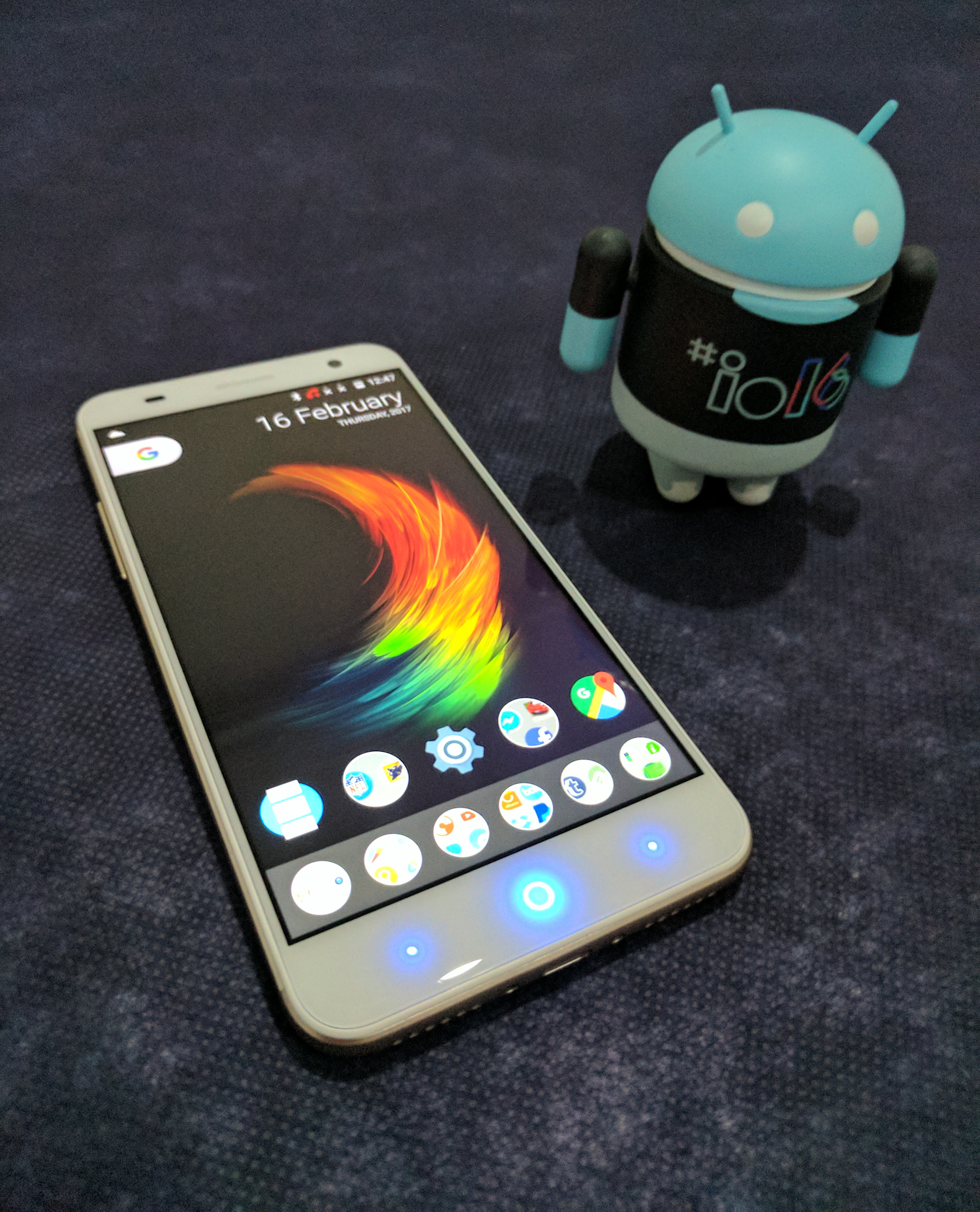






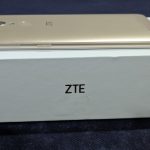


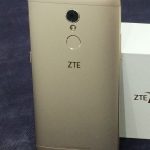
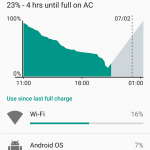
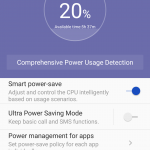

















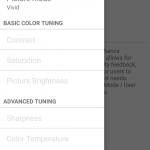




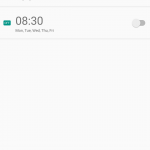




Hi, just bought a new Blade V7 Plus at Officeworks. $188 My last phone was a V6 and is now broken ( but still working ) after I fell off my motorcycle with it in the back pocket..ouch! My problem is the Contacts favorites button ( Star ) , where has it gone from the individual contacts screen. When I bring up a contact the 3 buttons on the top right hand corner only has 2 items, Delete and Share, the Place on Home Screen is gone and the Favorite STAR is missing also……???? Have ask ZTE Tech Support and… Read more »
Ok let’s fix a few issues: If you buy this handset the first thing you should finish install the following apps: Apex Launcher and configure it to your liking MTK Engenier Mode app (it’s a short cut app), once in there you can lock the handset to work in 4G/3G only mode and choose the specific network bands you want, my advice is if your with Optus/Vodafone to only use 3G900MHz only for 3G and set the 4G bands to 850/1800 for Vodafone and 700/1800 for Optus and not bother with 2300, if using for Telstra then set 3G to… Read more »
I have a ZTE Blade A475, Android Auto works on the phone but can not connect to my 2016 Captiva, is this possible with this phone????
i am wondering if this phone has waterproof or splash proof protection?
Unless local support is of absolute paramount importance, I find these phones increasingly hard to call relevant considering the xiaomi Mi5 is available for a similar price, and the Redmi Note 3 Pro is even cheaper…even the Moto X Force can be had for $350ish if grey importing is not an issue…